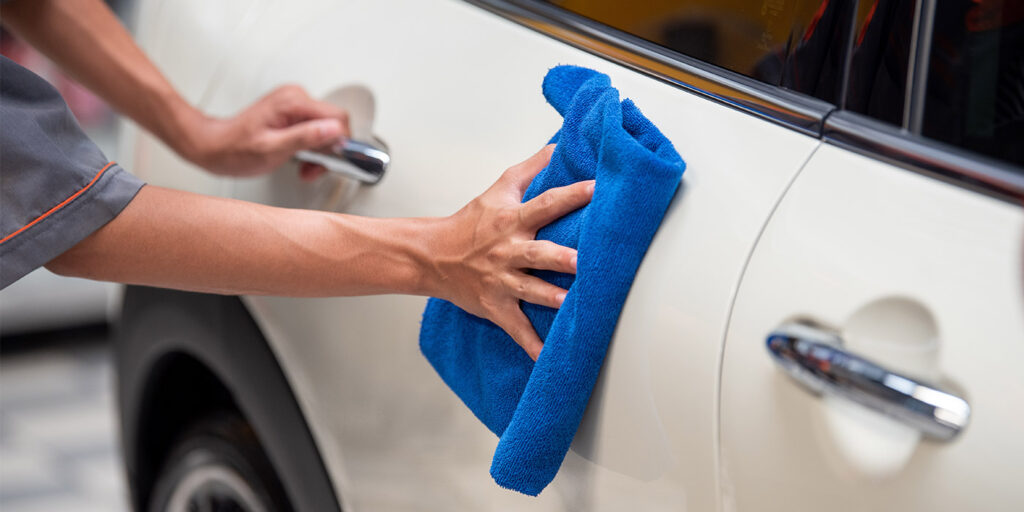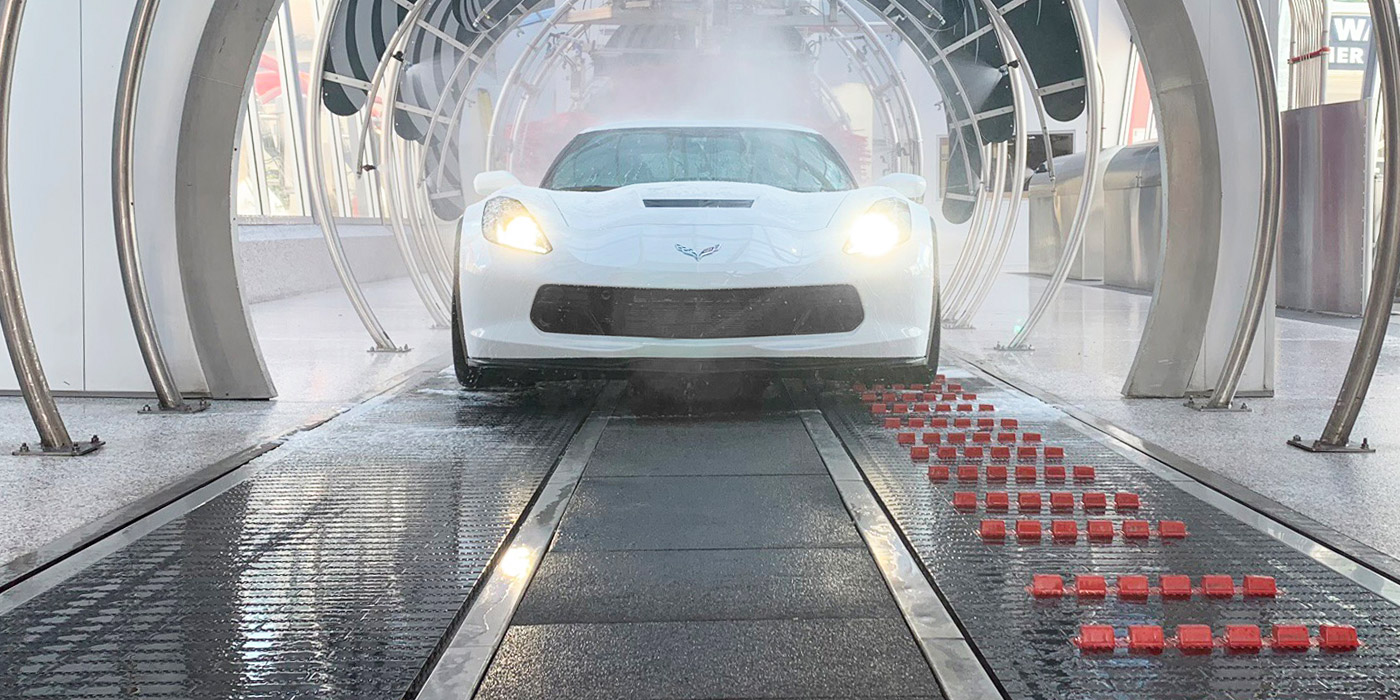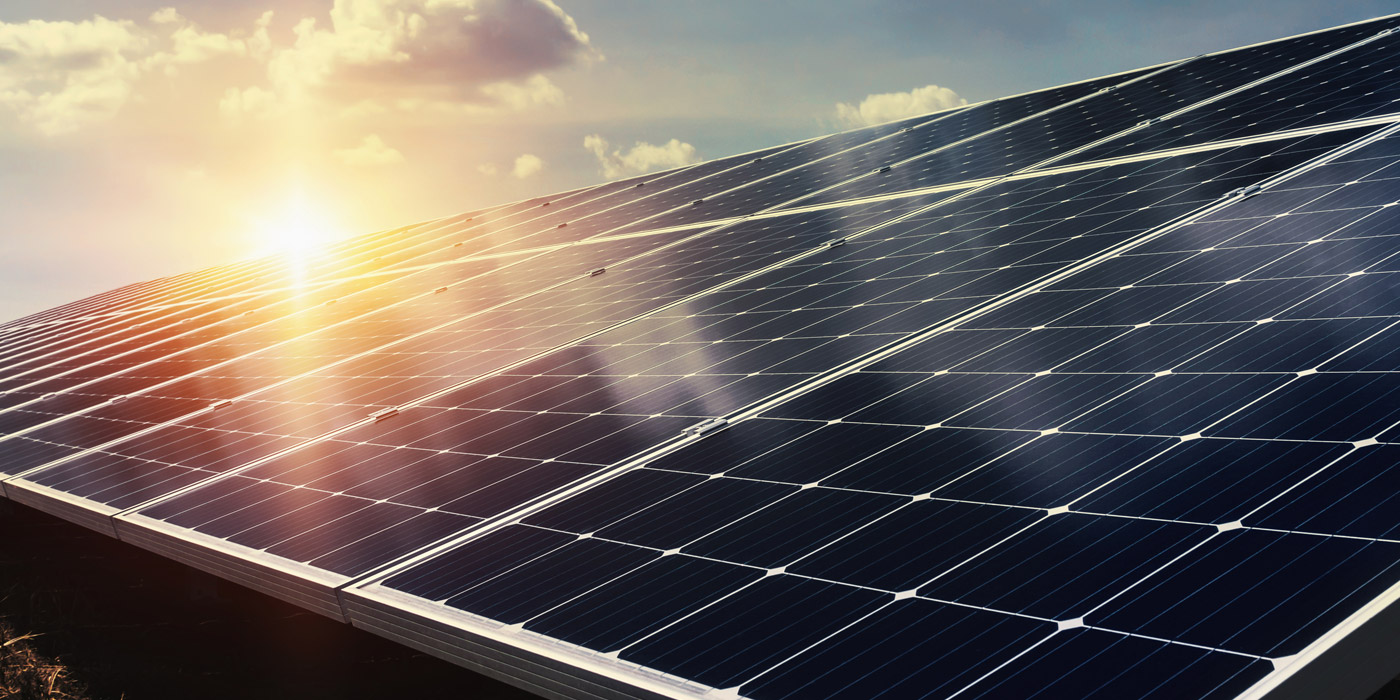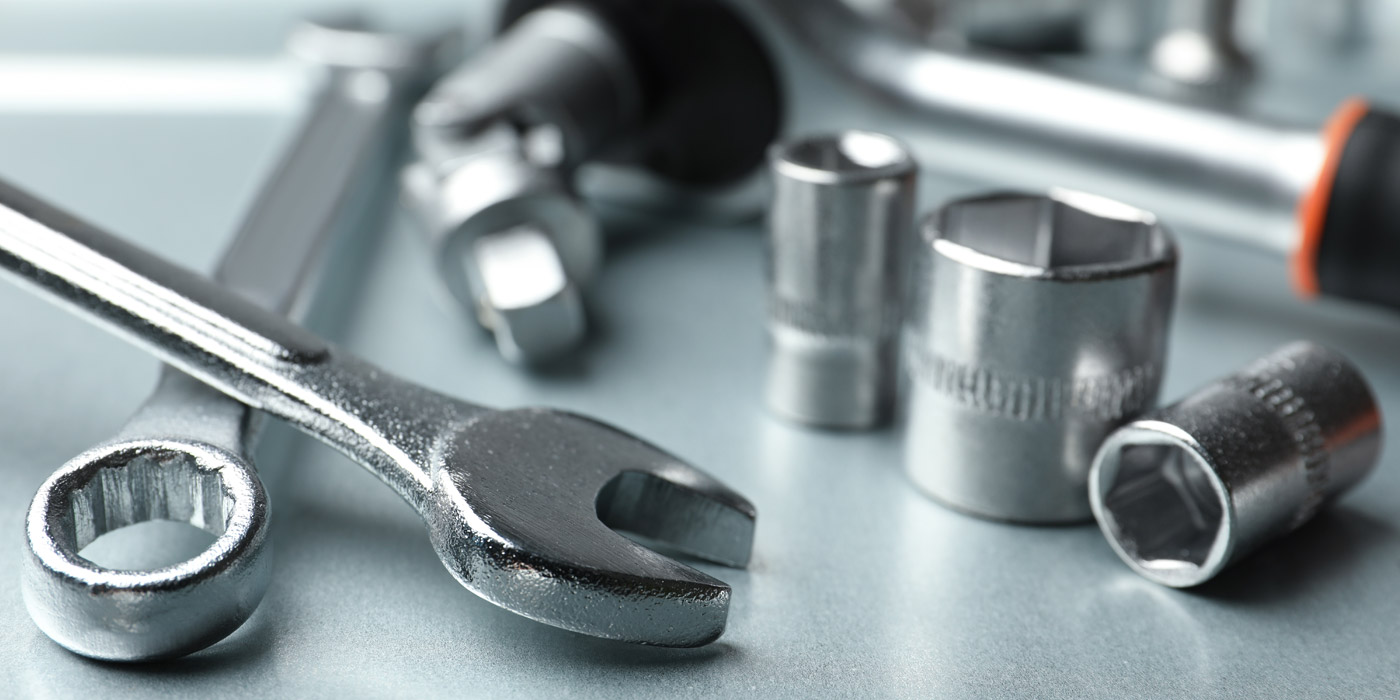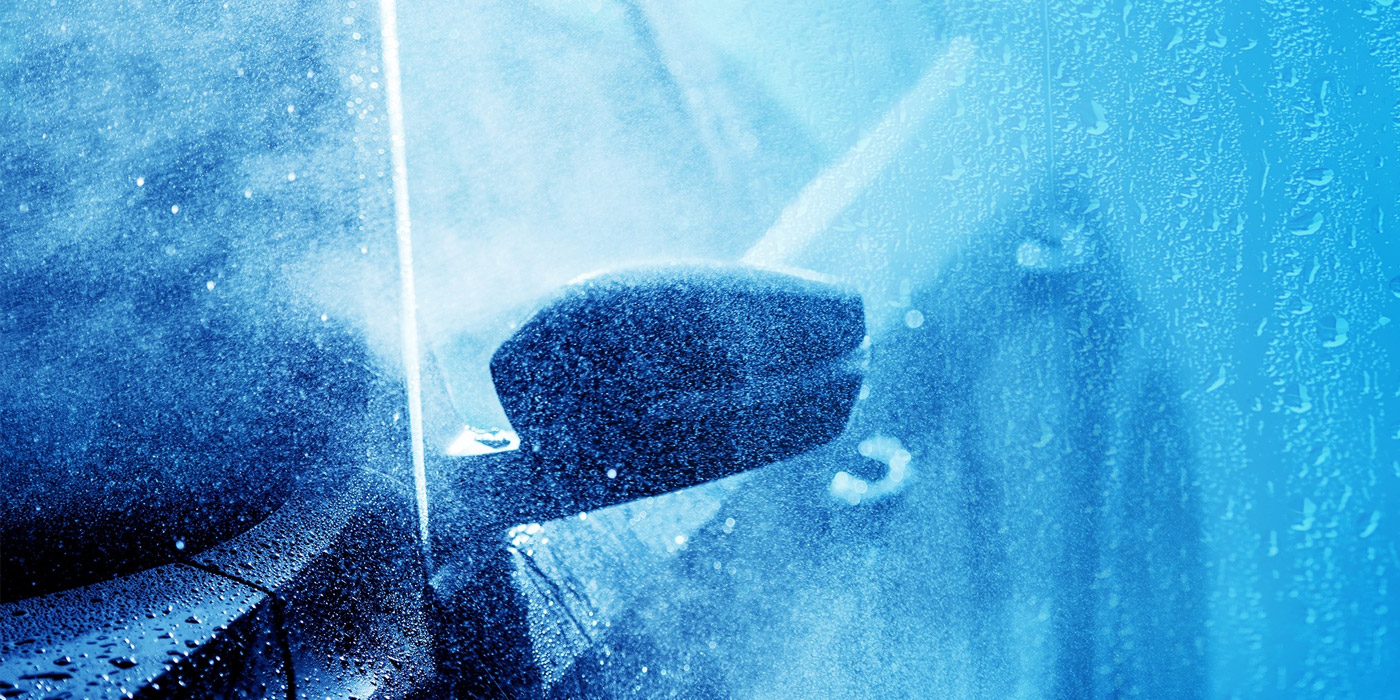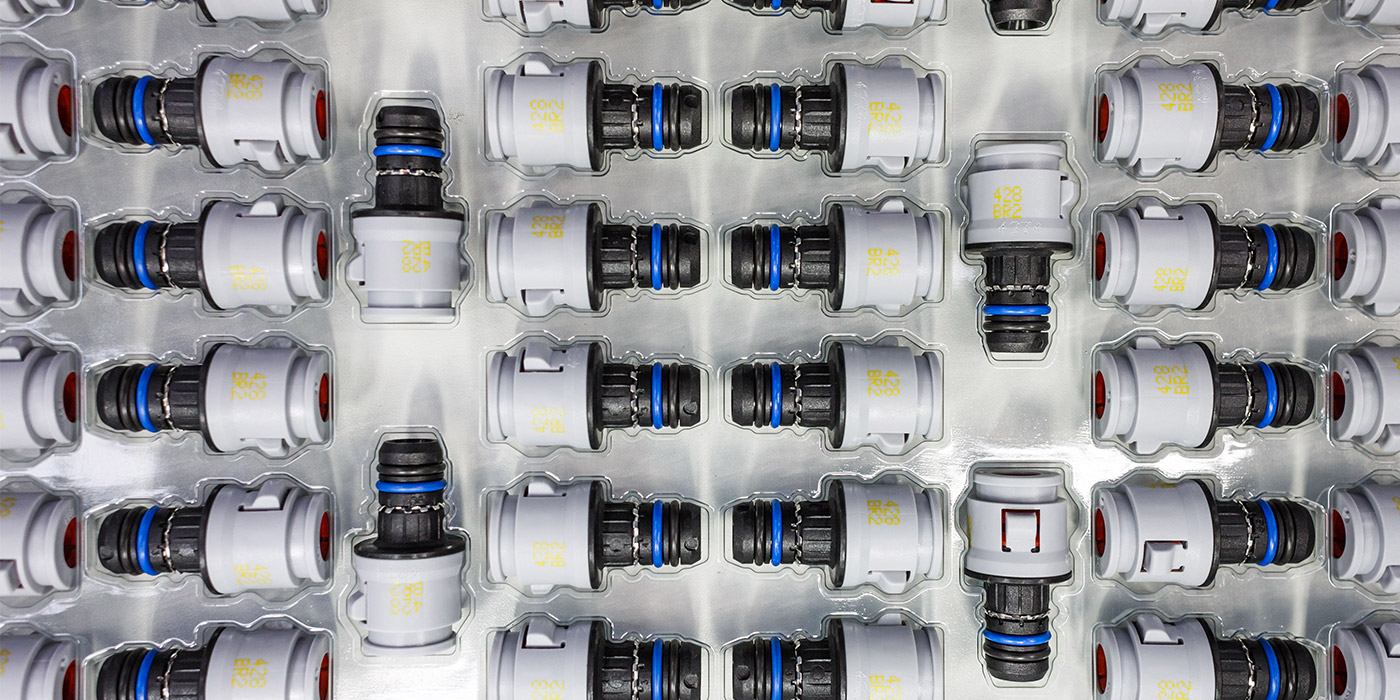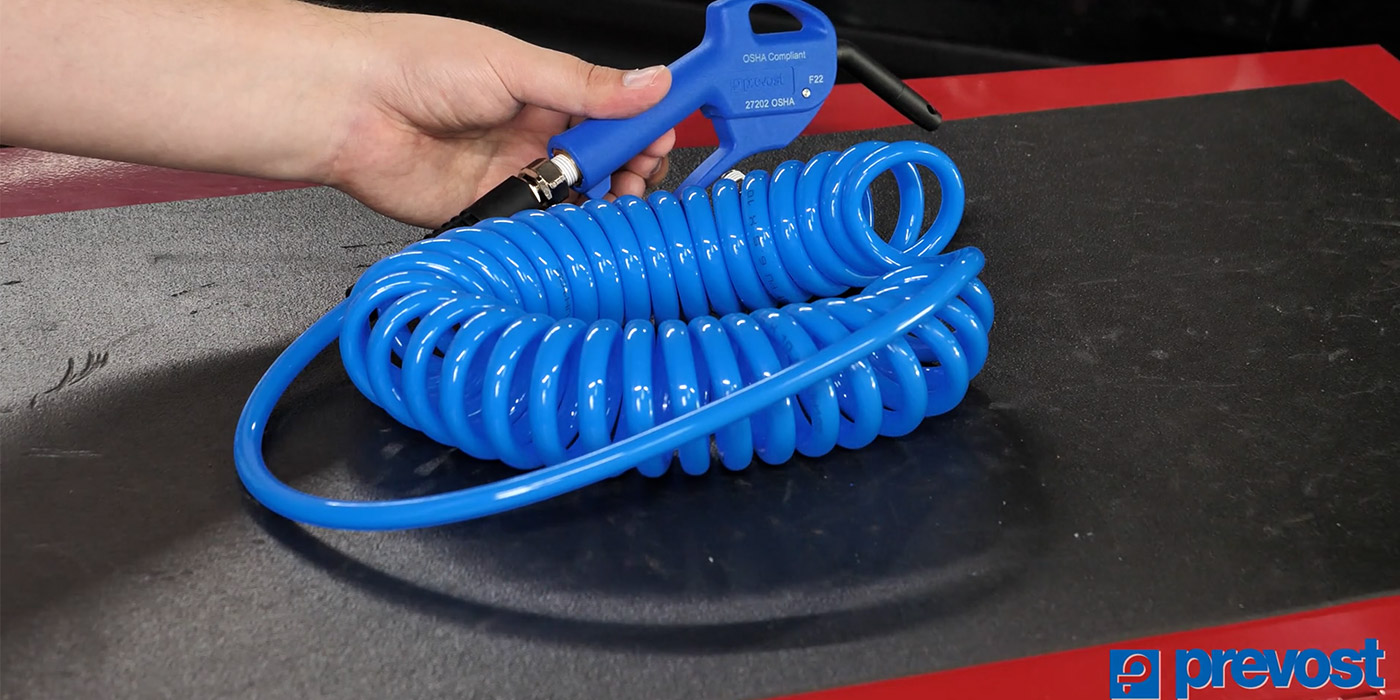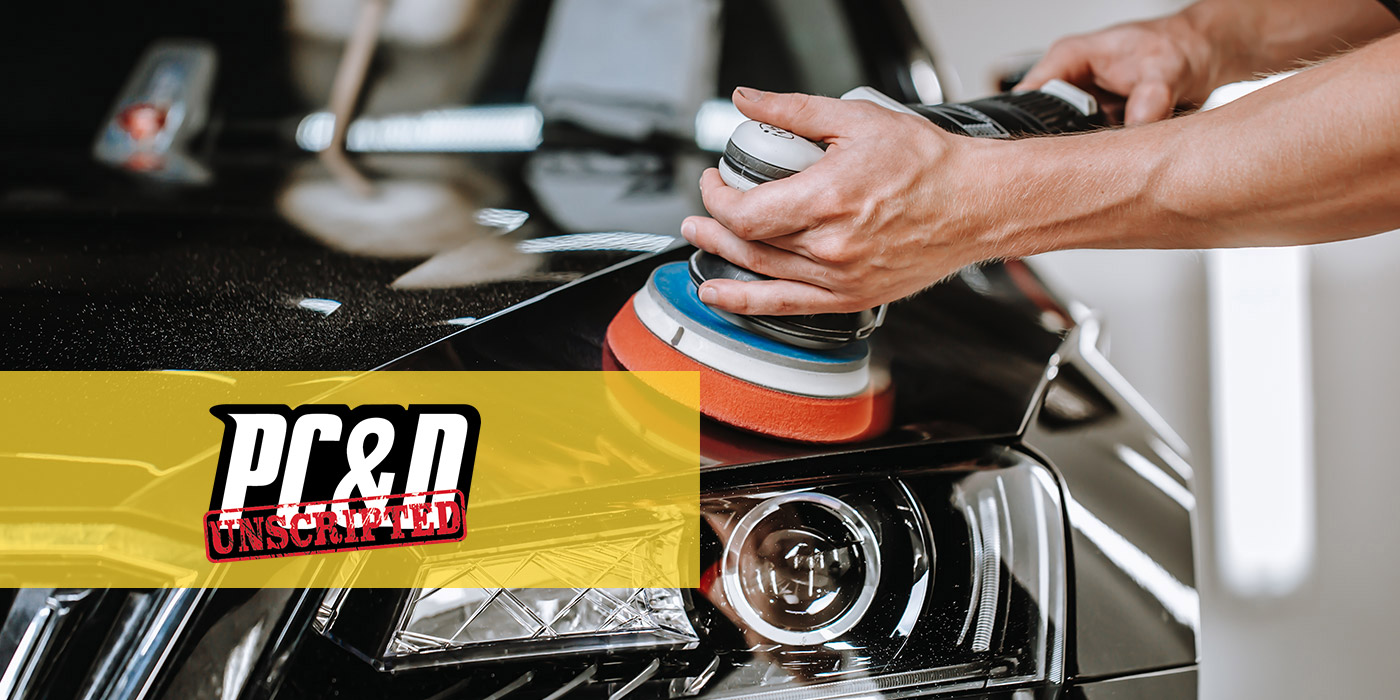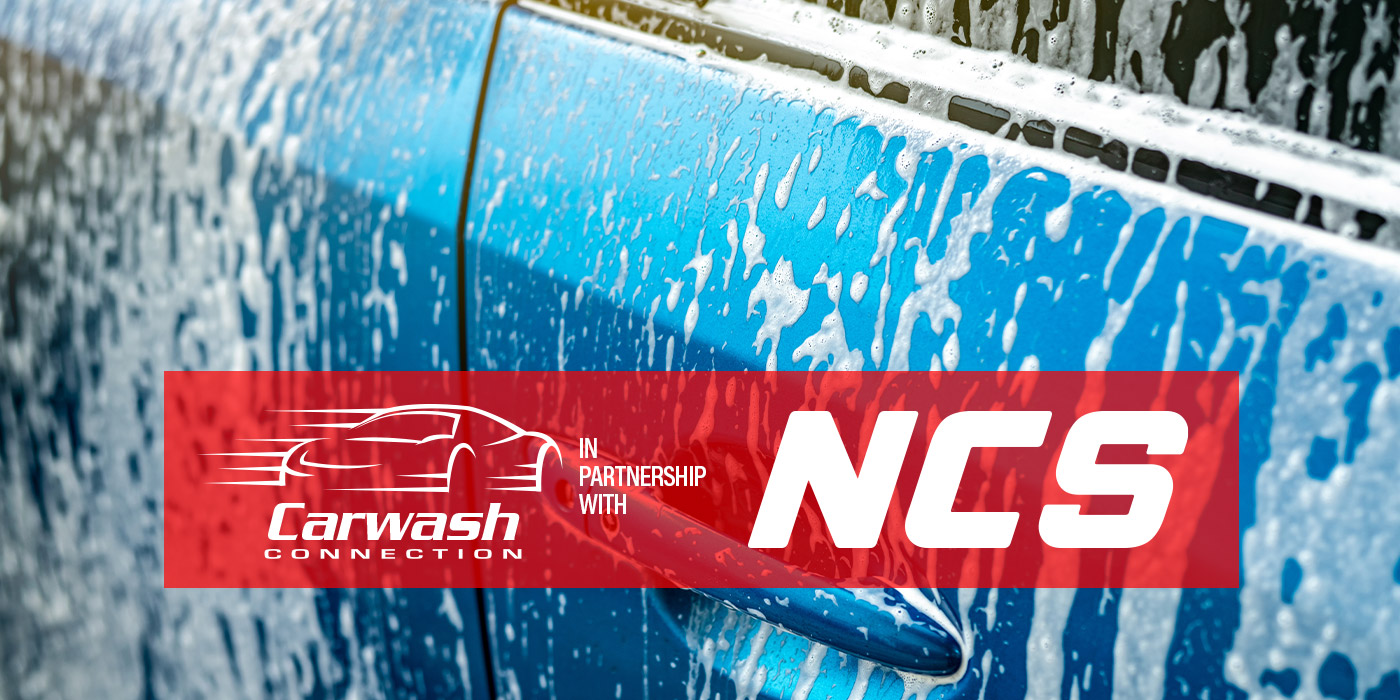In recent years a new detailing product category emerged: drying aids. Since then, drying aids have become a staple in nearly every carwash. But what exactly is a drying aid? What science is behind it and is it worth using in your carwash? Let’s dive in and see.
What is a drying aid?
A drying aid is a spray-on product applied to a wet car post-cleaning before using any kind of towel for drying. Drying aids are protective, providing lubrication throughout the drying process to avoid any potential scratching, swirl marks or marring of a vehicle’s surface.
How do you use a drying aid?
Drying aids are easy to apply and use. Before drying the paint, detailers spray a wet panel of the car with the drying aid and then towel dry as usual. A little solution goes a long way in most cases — especially if the surface contains a copious amount of water to help spread the drying aid’s lubricants. Though application varies from product to product, a spray or two will typically suffice. Once the panel is dried, detailers move on, repeating the process.
Commercial carwashes may apply drying aids via an automatic sprayer after the rinse cycle. Since drying aids are hydrophobic, they assist air or hand dryers in removing excess water from the vehicle’s exterior.
The science behind it
Each time a car is detailed, it is at risk for scratches. To help prevent this, each detailing step —apart from drying — traditionally involved adding lubrication. Detailers usually dry a vehicle with a microfiber towel, lubricated by whatever water remains from the wash. Even if the car’s surface is clear of debris, rubbing motions can cause swirl marks and scratches. Drying aids aim to prevent damage during this final detailing step.
Ready for the science? Drying aids contain a cationic surfactant blend along with hydrophobic materials. Cationic surfactant blends attach the hydrophobic material to the car’s surface, where it repels water and light debris such as dust, pollen and minor dirt. Drying aids break the surface tension on the vehicle, thus reducing the risk of scratching.
Dr. Bob Sweger, Research and Development Director at Stoner, Inc., explains, “There are two main functions of a drying agent: one is to apply a thin layer that forms a water-repellent coating … and two is to provide a low level of lubrication to the surface of the vehicle … [to help] prevent any scratches or swirl marks when drying the car with a cloth.”
Apart from all-important lubrication, drying aids offer other benefits:
- Ease of application: The application process varies from product to product, but most drying aids are quickly applied. Aids often come in a pump-spray bottle, allowing you to use and wipe away.
- Streak-free finish: Water spots hamper any detailing process, especially when working in hot conditions. Drying aids’ hydrophobic properties allow any excess water to slide off the exterior before it can dry and cause water spots.
- High-gloss finish: Different products offer varied results, but most of the time, drying aids help enhance the exterior coat, providing a deep shine and gloss finish.
- Hastens the drying process: The repellency provided by drying aids allows your towel to glide over the exterior. Any leftover water thins out for quick absorption by your microfiber towel. You use less effort and save time (and additional laundry).
- Water beads and sheds: Drying aids act similarly to synthetic sealant waxes, depositing a transparent layer between your car’s exterior and the elements. Hydrophobic properties in drying aids help liquid to bead and run off your exterior, even post-wash.
Protects finishes
Cars are continually exposed to pollutants, including pollen, road grime, rocks, salt, dust, dirt and bird droppings — just to name a few. These contaminants are unsightly at best and potentially damaging at their worst. A vehicle is at risk each time it rolls out of the garage, and environmental protection is necessary.
Drying aids add a layer of protection without degrading pre-existing ones. Each time you wash your vehicle, you slowly remove its clear coat, wax, sealants or ceramic coating. Using a drying aid on a semi-regular basis prolongs the effectiveness of these protective products.
Saves time, effort and money
Running a carwash can be challenging. Warm sunny days mean long lines of customers who want to shine up their ride. Drying aids hasten the drying process and help prevent long lines from piling up — without sacrificing a quality result.
Dr. Sweger notes, “[Drying] the vehicle surface without damage and providing a coating that seals the surface with a durable, high gloss finish that repels dirt and water, drying aids help prevent water spots.” For commercial carwashes, this equates to cleaner cars and happier customers.
Drying aids improve drying efficiency and minimize the need for multiple drying passes and extra elbow grease. The products offer a win-win, carwash workers and vehicle owners spend less time perfecting a protected exterior.
Overall, drying aids protect finances and save time post-cleaning. After a quick application, drying aids offer multiple benefits, including safer drying, enhanced finish, and residual surface protection even after the vehicle leaves the carwash. Few car products provide so many advantages while saving money and time. If drying aids are not yet part of your routine, they should be! Take advantage of this new detailing technology and enjoy the benefits to your business and customers.
Stoner Car Care is a third-generation, family-owned company founded in 1942 by Paul Stoner. Stoner products are known for their consistent quality and exceptional performance. Their product line includes Invisible Glass, America’s #1 auto glass cleaning brand.

